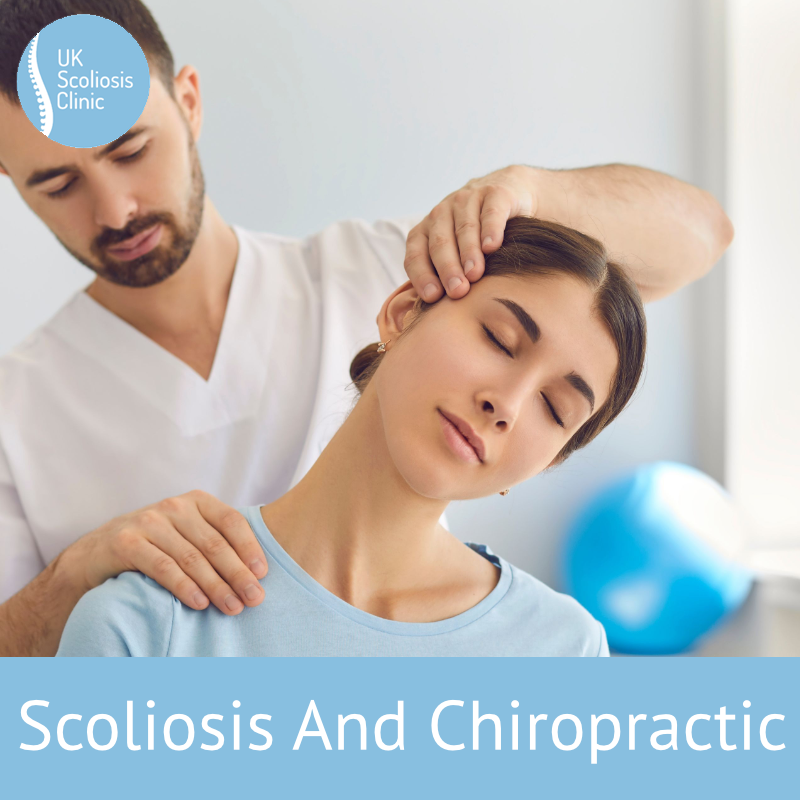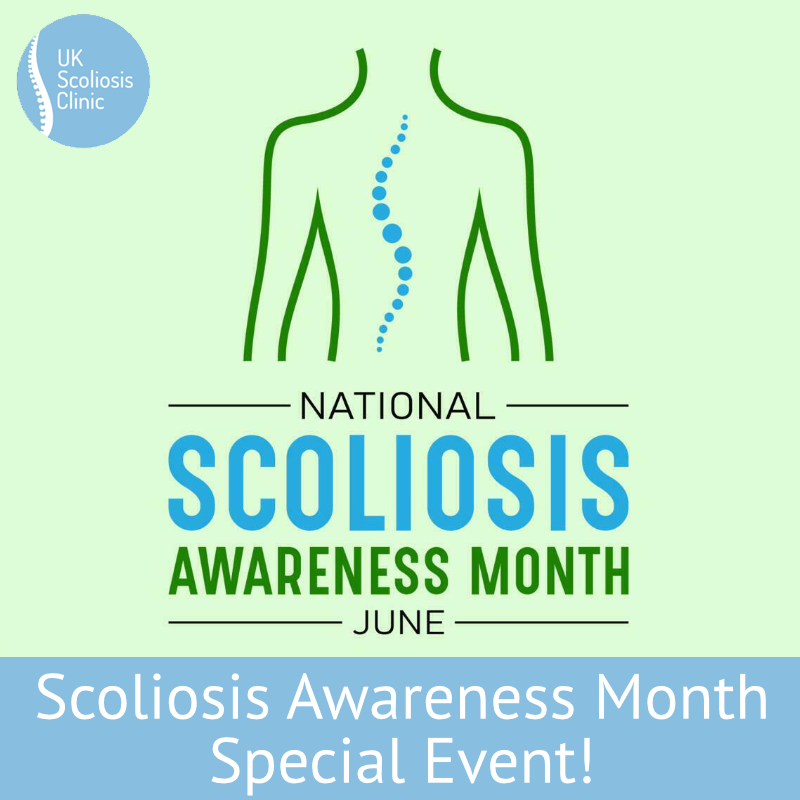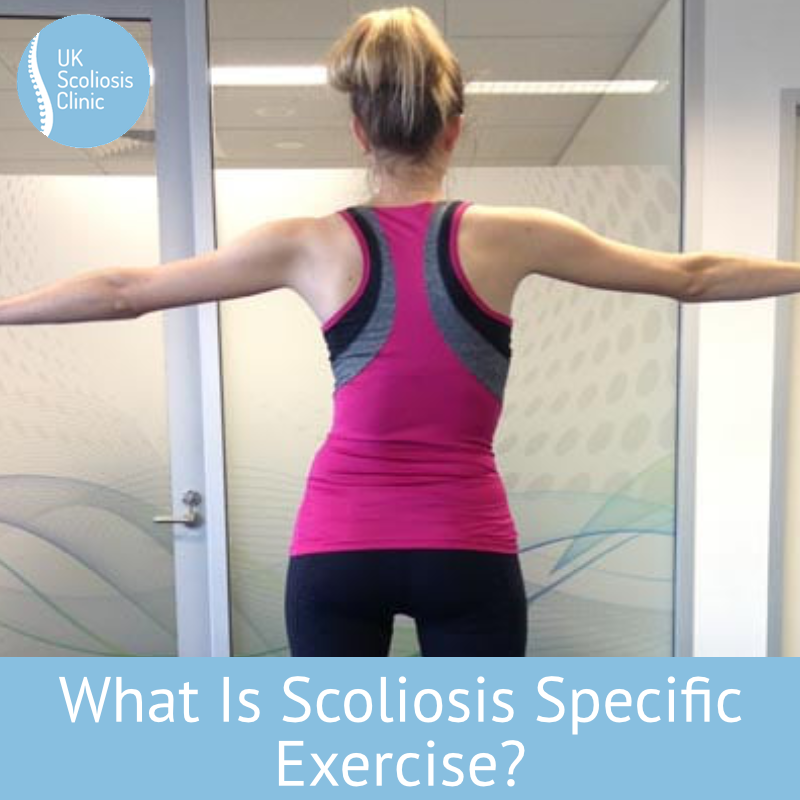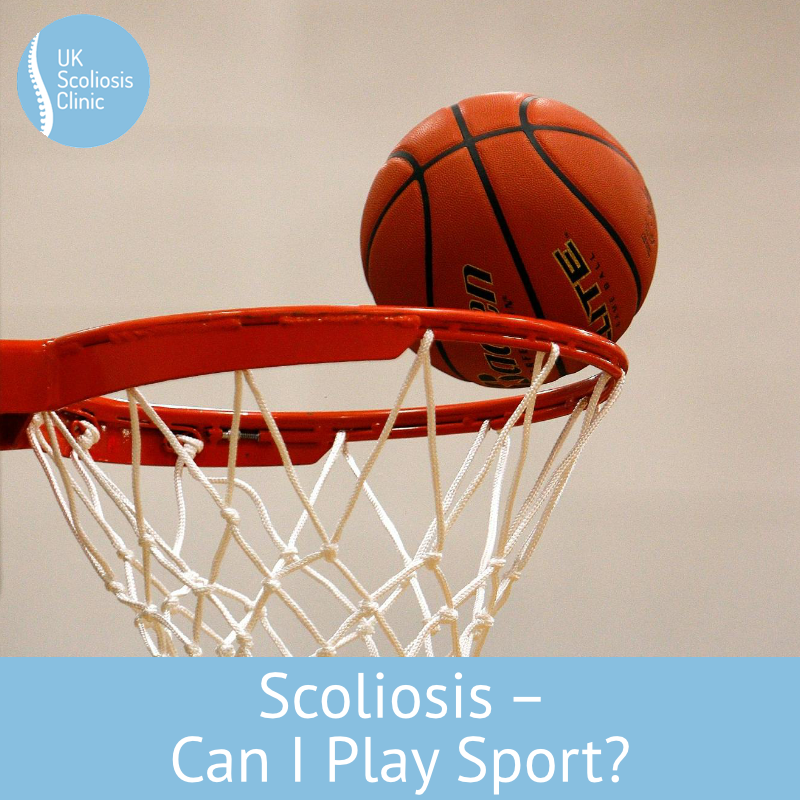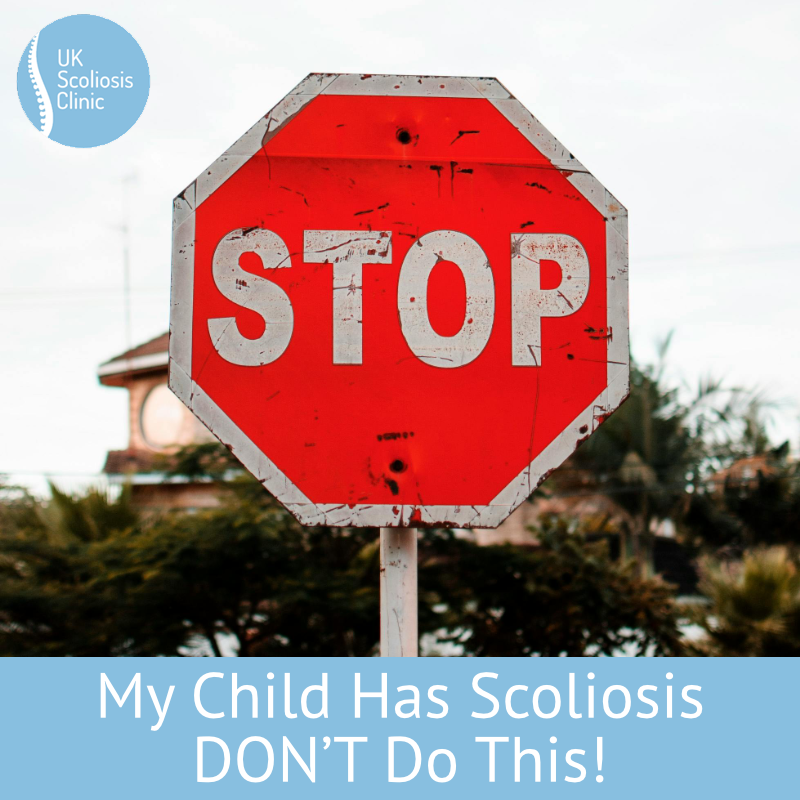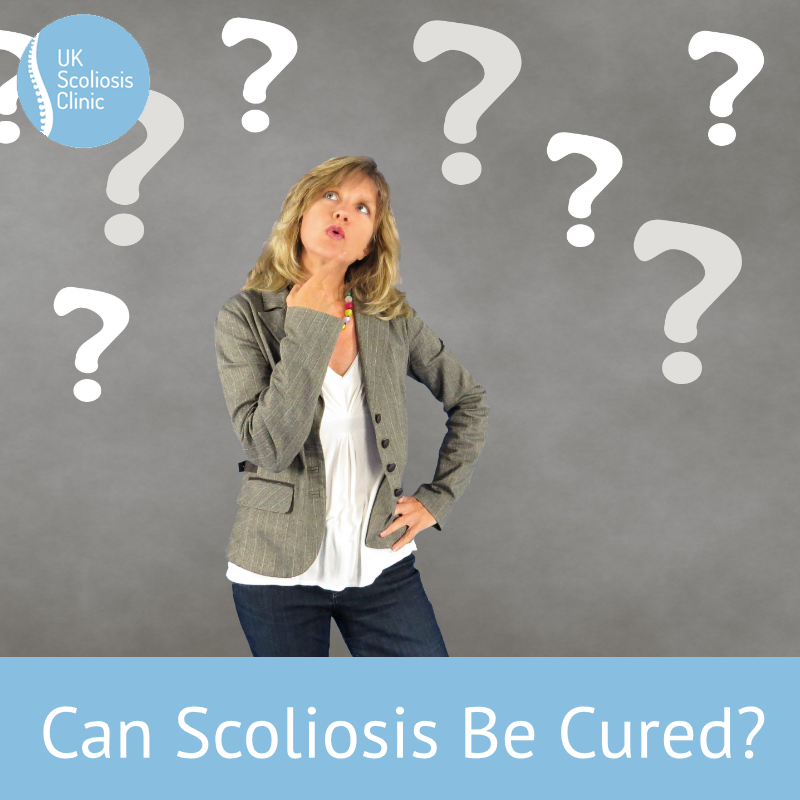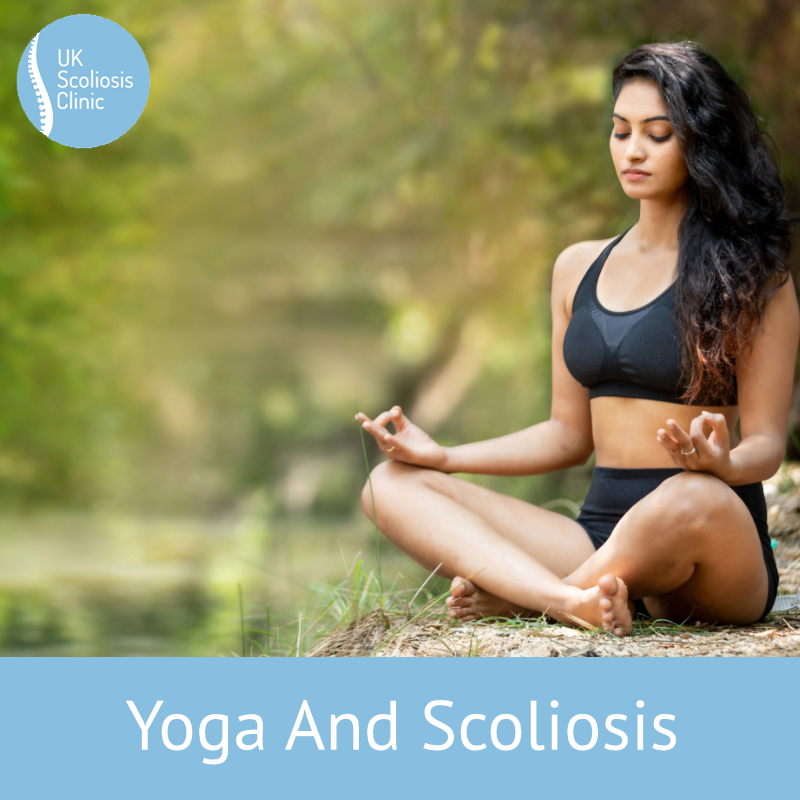
Can yoga treat Scoliosis?
Yoga is a popular complementary therapy for those with Scoliosis – not just because of the physical benefits it has, but also for the significant mental health benefits which many people derive from it! This alone is probably a good reason to take a look!
Let’s get down to the numbers though – while yoga can have many health benefits, it cannot reduce Cobb angle (the size of a Scoliotic curve) which is the primary measure by which we judge the effectiveness of a Scoliosis treatment. If you do your research, you will find some small-scale studies (mostly case studies) which have suggested that yoga may have a positive role to play in reducing cobb angle[1] and at least one case study has demonstrated a reduction in Cobb angle from 49 to 31 degrees, although in this instance progress was achieved over a very long period of 35 years.[2] At this time however, there is not sufficient evidence to suggest that yoga can effectively reduce Cobb angle reliably in most patients.
Yoga and body posture
Of course, the Cobb angle isn’t the only issue caused by Scoliosis – some, but not all, patients experience pain as a result of their scoliosis. Many people do report pain reduction and improved balance when practising yoga poses optimised to support scoliosis. This is accomplished by stretching muscles that have tightened and strengthening muscles that have become weak from this asymmetrical imbalance – this isn’t a direct treatment then, but it can be a valuable part of a treatment plan.
Taking this idea a little further some existing forms of yoga, such as Iyengar Yoga, have been demonstrated to be effective in improving coordination and physical function in scoliosis patients[3] and some specialist programs designed to reduce the symptoms of scoliosis have been developed – although as yet, there’s no scientific evidence to show that any one program is the best choice). In fact, this may not matter, since there are some specific characteristics of virtually all Yoga practices that are helpful in Scoliosis treatment!
Firstly many yoga positions are symmetrical and therefore are, in essence, aiming to achieve the same kind of body symmetry taught through scoliosis-specific exercise. Further, Yoga can be especially effective in helping patients discover a way of being sensitive to the asymmetries of the body and detecting them more readily without external input. This in turn could improve patient engagement with scoliosis-specific exercise.
Secondly, Yoga practice can exercise each dimension of the body —the vertical plane through lateral flexions that create side bends, the sagittal plane through flexion and extension patterns that create forward and backward motion, and the horizontal plane through rotations. While scoliosis-specific exercise goes beyond simply balancing the body to try to correct scoliosis, the ability to consciously maintain balance and flexibility in the body throughout a range of movements can be highly valuable in terms of controlling scoliosis.
[1] Yoga for scoliosis: new findings. University of California at Berkeley Wellness Letter (UNIV CALIF BERKELEY WELLNESS LETT), Jul2018; 6-6. (2/3p)
[2] Elise B Miller Yoga therapy for scoliosis: an adult case approach Scoliosis 2007:2 (Suppl 1) :P6
[3] Marcia Monroe Yoga and somatic therapy for the treatment of adolescent idiopathic scoliosis: adult case report Scoliosis2007:2 (Suppl 1) :P7


